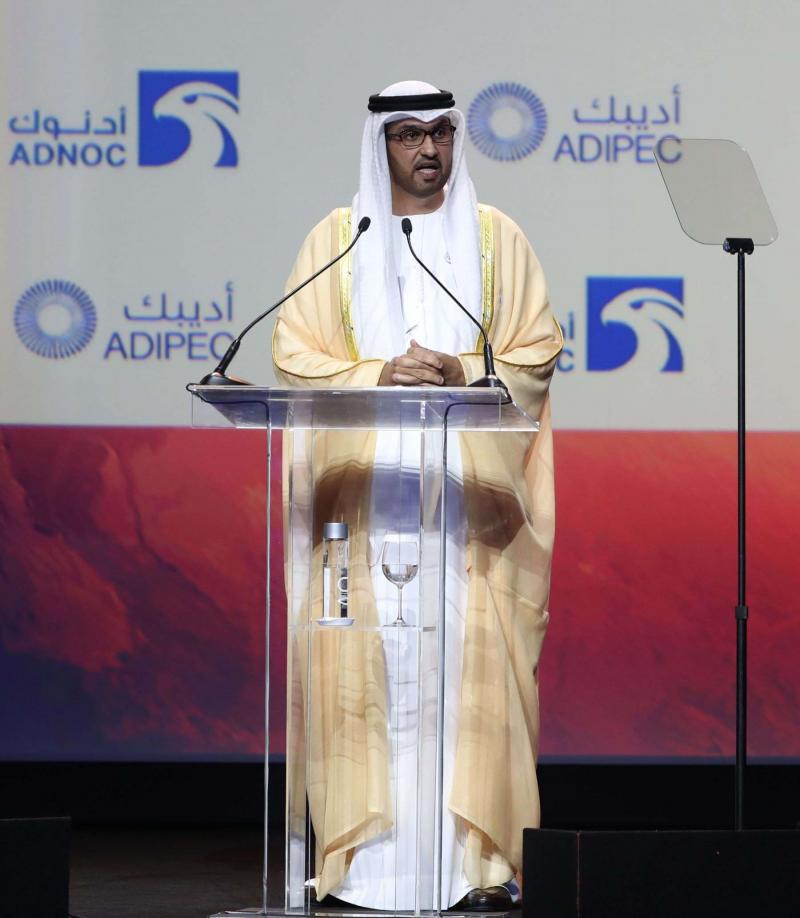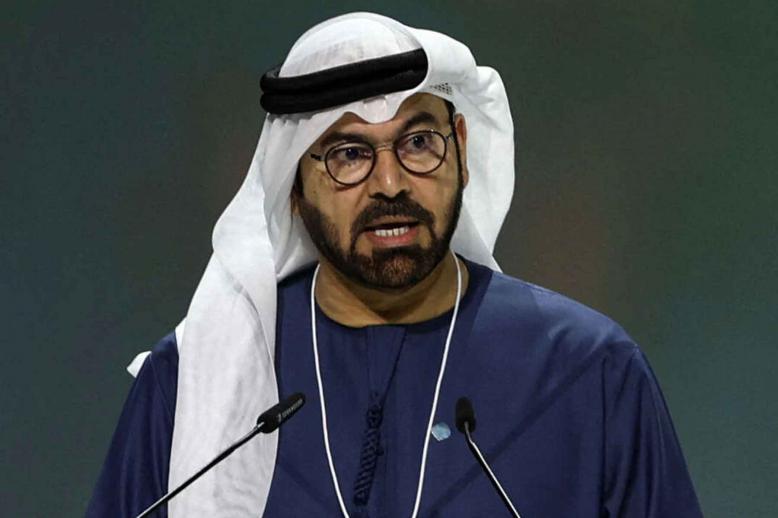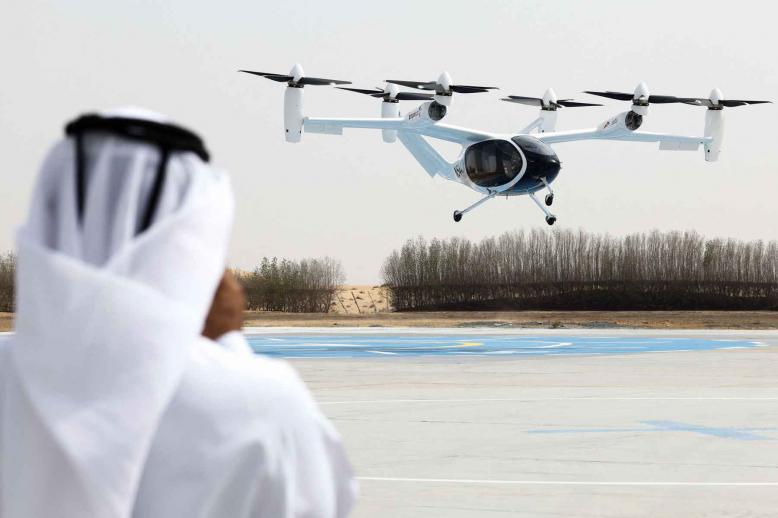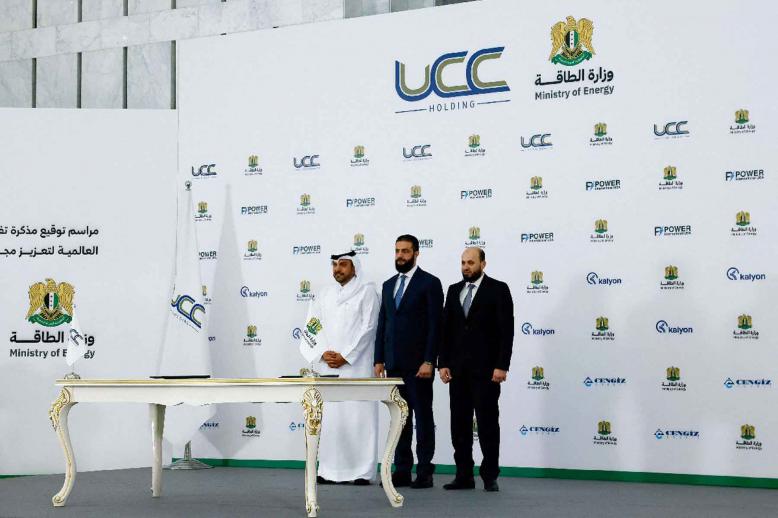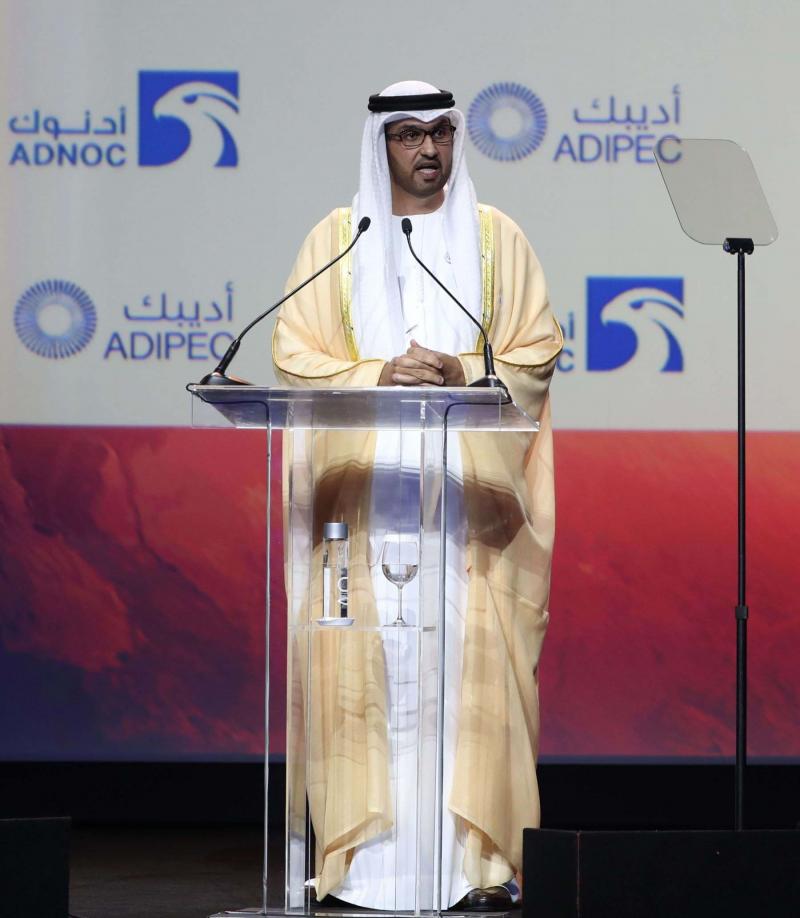Abu Dhabi’s plans to become a natural gas net exporter
Abu Dhabi is flexing extra financial muscle to develop its natural gas production capacity, which ultimately could lead the Gulf producer to become a net gas exporter and free the UAE from gas imports.
Much attention is being paid to newly announced plans by the Abu Dhabi National Oil Company (ADNOC) to raise its crude production capacity to 5 million barrels per day (bpd) by 2030 from current 3.5 million bpd. However, ADNOC’s gas goals are perhaps more geopolitically significant as they could spell an end to the longstanding piped gas supply arrangement that the UAE has had with Qatar.
The Abu Dhabi Supreme Petroleum Council (SPC) earlier in November greenlighted ADNOC’s five-year (2019-2013) growth plan and new integrated gas strategy that involves $132 billion in capital expenditures to expand the state energy firm’s oil and gas production capacities. ADNOC has targeted 1 billion cubic feet per day (Bcf/d) of unconventional gas production by 2030 as a major component of its new gas strategy.
According to a tweet from Abu Dhabi Crown Prince Sheikh Mohammed bin Zayed al-Nahyan, ADNOC’s growth plan will include “its gas strategy to [enable ADNOC to] become self-sufficient and a net gas exporter.”
ADNOC also reported the recent discovery of 15 trillion cubic feet of gas, adding 7.1% to existing reserves.
For the past decade, Qatar has been supplying as much as 2 Bcf/d from its giant offshore North Field to the UAE and Oman through the Dolphin Energy Pipeline, a 364km subsea line linking Qatar’s Ras Laffan gas processing operations to the Taweelah receiving facilities in the UAE. That piped gas currently meets 30% of electricity needs within the seven-member UAE federation.
The Abu Dhabi government established the Dolphin pipeline project in 1999, with first gas flows into the UAE beginning in 2007. Abu Dhabi investment vehicle and sovereign wealth fund Mubadala Investment Company is a 51% stakeholder in Dolphin Energy, the joint venture that owns and operates the pipeline, with US-based Occidental Petroleum Corporation and France’s Total both holding 24.5% shares.
Despite the strained diplomatic and economic relations between Abu Dhabi and Doha over the last 18 months, the flow of Qatari gas through the Dolphin pipeline has remained uninterrupted. According to Qatar Petroleum (QP) Chief Executive Saad Sherida al-Kaabi, there are no plans for this to change for the foreseeable future. At a press conference in late September, Kaabi stated that “the contract to provide the UAE with Qatari gas extends to 2032.”
ADNOC Group CEO Sultan Ahmed al-Jaber emphasised at the November 4 Abu Dhabi SPC meeting the UAE’s “historic gas self-sufficiency strategy marks an important new accelerated phase in the delivery of ADNOC’s 2030 growth strategy.” Al-Jaber is also the UAE minister of state.
ADNOC is moving forward with its Ghasha mega sour gas project that involves developing the offshore Ghasha, Hail and Dalma sour gas fields located in Abu Dhabi’s Al Dhafra region. Collectively, these fields are estimated to hold multiple trillions of cubic feet of recoverable gas and when developed could produce up to 1.5 Bcf/d of sour gas. The state firm, which expects the Ghasha project to come on stream around the middle of the next decade, anticipates that enough gas will be produced from those fields to meet 20% of the UAE’s domestic gas demand. ADNOC earlier this month signed a concession agreement providing Italian firm ENI with a 25% stake in the project.
As part of ADNOC’s drive to explore unconventional gas resources, it recently awarded a 40% contract to Total for the onshore Ruwais Diyab Unconventional Gas Concession, with ADNOC holding a 60% stake in the project. The deal covers six to seven years of exploration and appraisal followed by a 40-year production phase.
ADNOC intends to produce enough gas in the coming decade for the UAE to become gas independent and, in the process, Abu Dhabi will become a net gas exporter with expanded liquefied natural gas (LNG) export capabilities. As the UAE’s domestic power demand has expanded rapidly in recent years, it has siphoned off gas that ADNOC could have been exporting as LNG.
Abu Dhabi has a sole long-term LNG client in Japan’s Jera, a joint venture between Chubu Electric Power and Tokyo Electric Power, and ADNOC also has a number of short- and medium-term LNG supply arrangements with other customers.
In addition to ADNOC’s announcement of new gas discoveries and enhanced financial resources dedicated to gas exploration deals, the UAE will begin to benefit from more domestic gas being available once Abu Dhabi’s nuclear power plant at Barakah begins generating electricity late next year or in 2020. When fully operational, that facility is expected to meet a quarter of the UAE’s electricity needs.
All of these developments raise the question of what role, if any, the Dolphin Energy Pipeline will continue to have in the UAE’s medium- to long-term gas plans.
Jareer Elass is a Washington-based energy analyst, with 25 years of industry experience and a particular focus on the Arabian Gulf producers and OPEC.
This article was originally published in The Arab Weekly.


